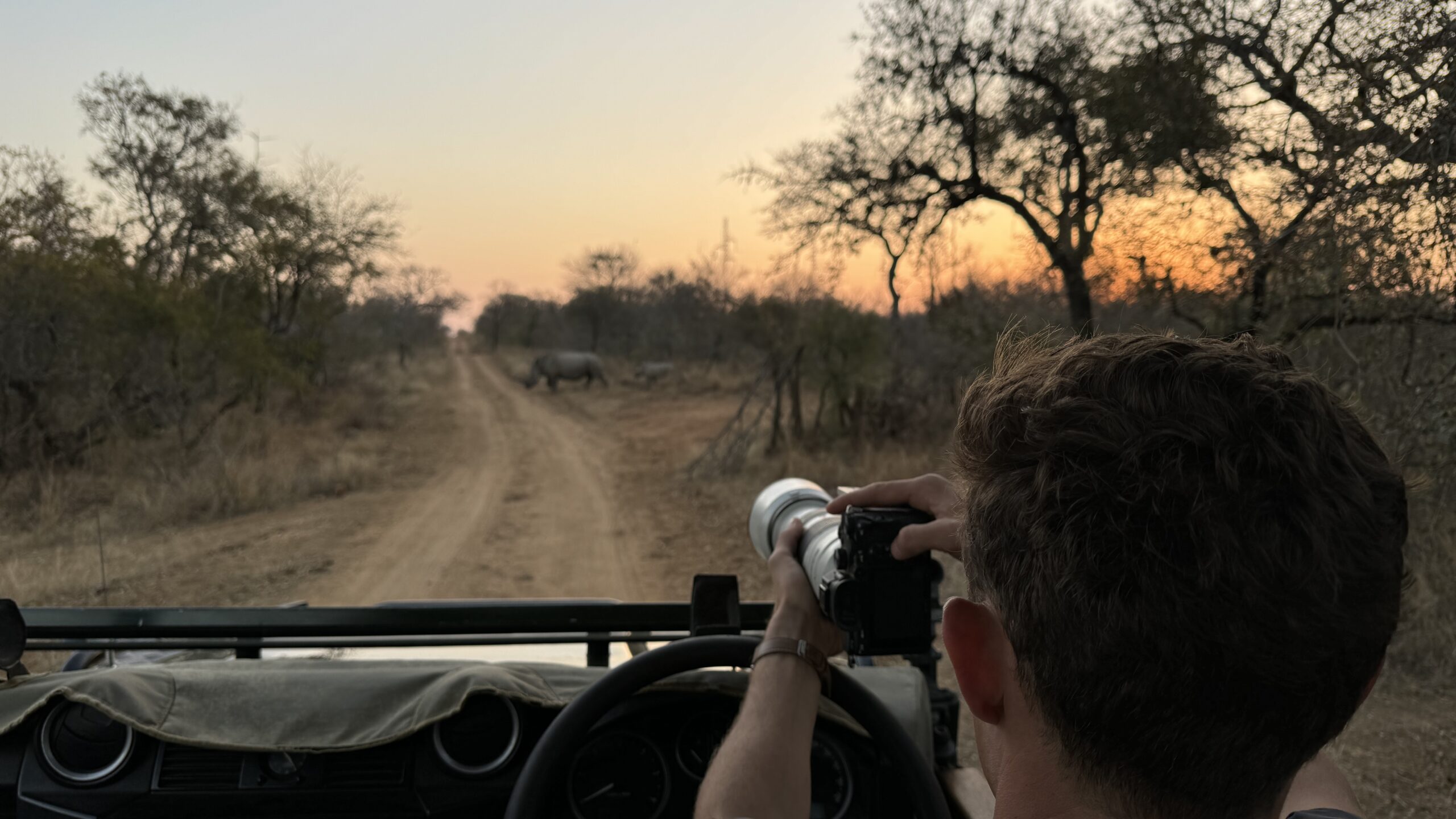
If you are an animal lover and conservation enthusiast like myself, you are probably driven to traveling to Africa over and over again. While I have embarking on many thrilling safaris across the continent, one of my most profound experiences was at Jabulani Safari in the Kapama Private Game Reserve. This special place offers a […]
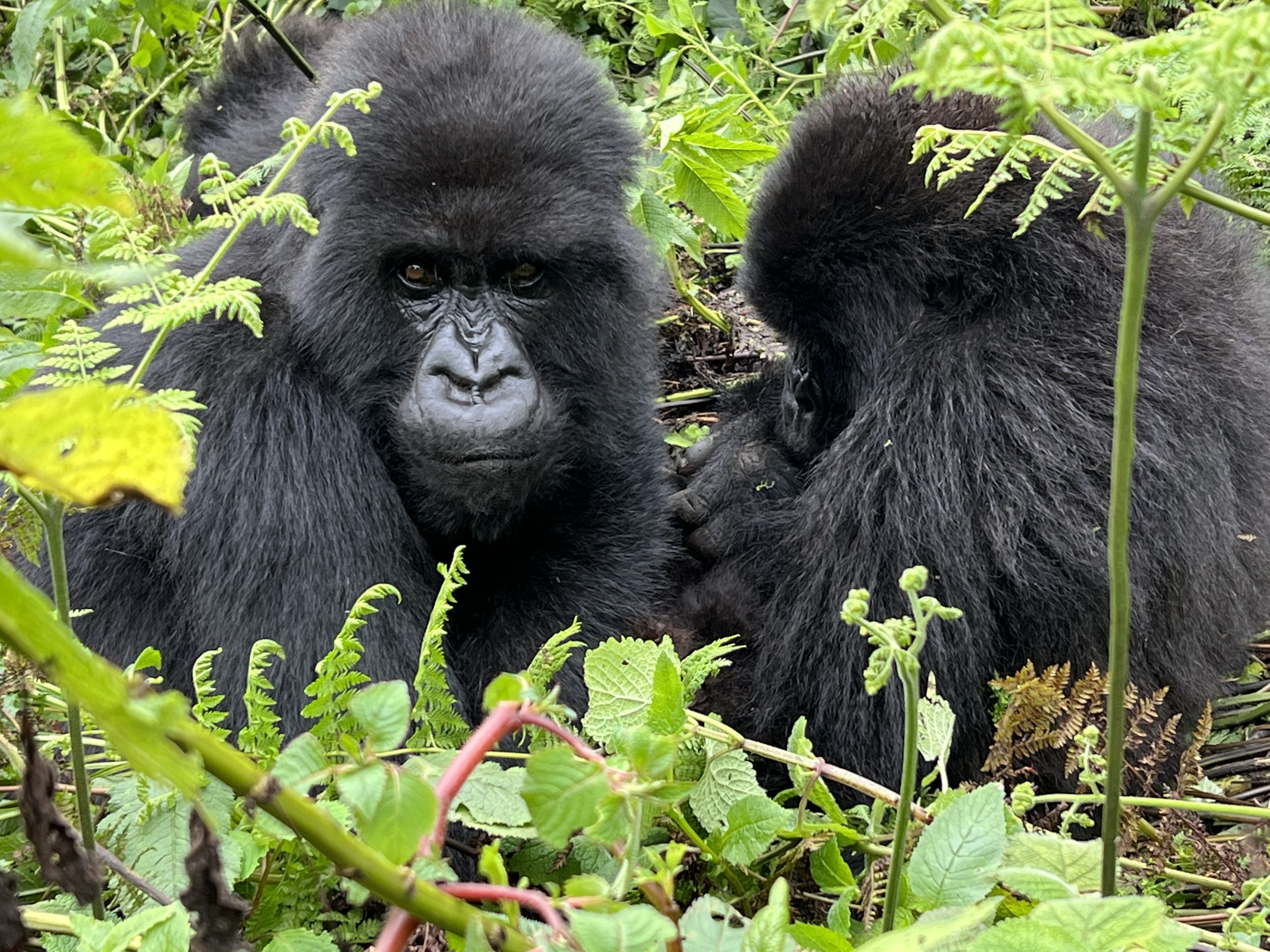
If you are a wildlife junkie like I am, gorilla trekking should be on your bucket list. Most people go on a wildlife safari to Africa, starting with the Masai Mara in Kenya or Kruger National Park in South Africa. Over the years, I have done many safaris and game drives through Africa and seen […]
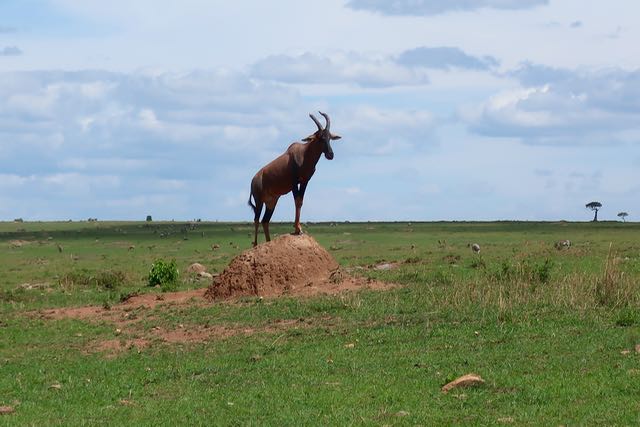
Are you addicted to those National Geographic documentaries on Wild Africa where they show lions hunting down a buffalo or thousands of wildebeests migrating across the Serengeti? I have probably exhausted the entire selection on big cats and wildlife shows found on Netflix. So, when I planned my trip to Masai Mara in Kenya with […]
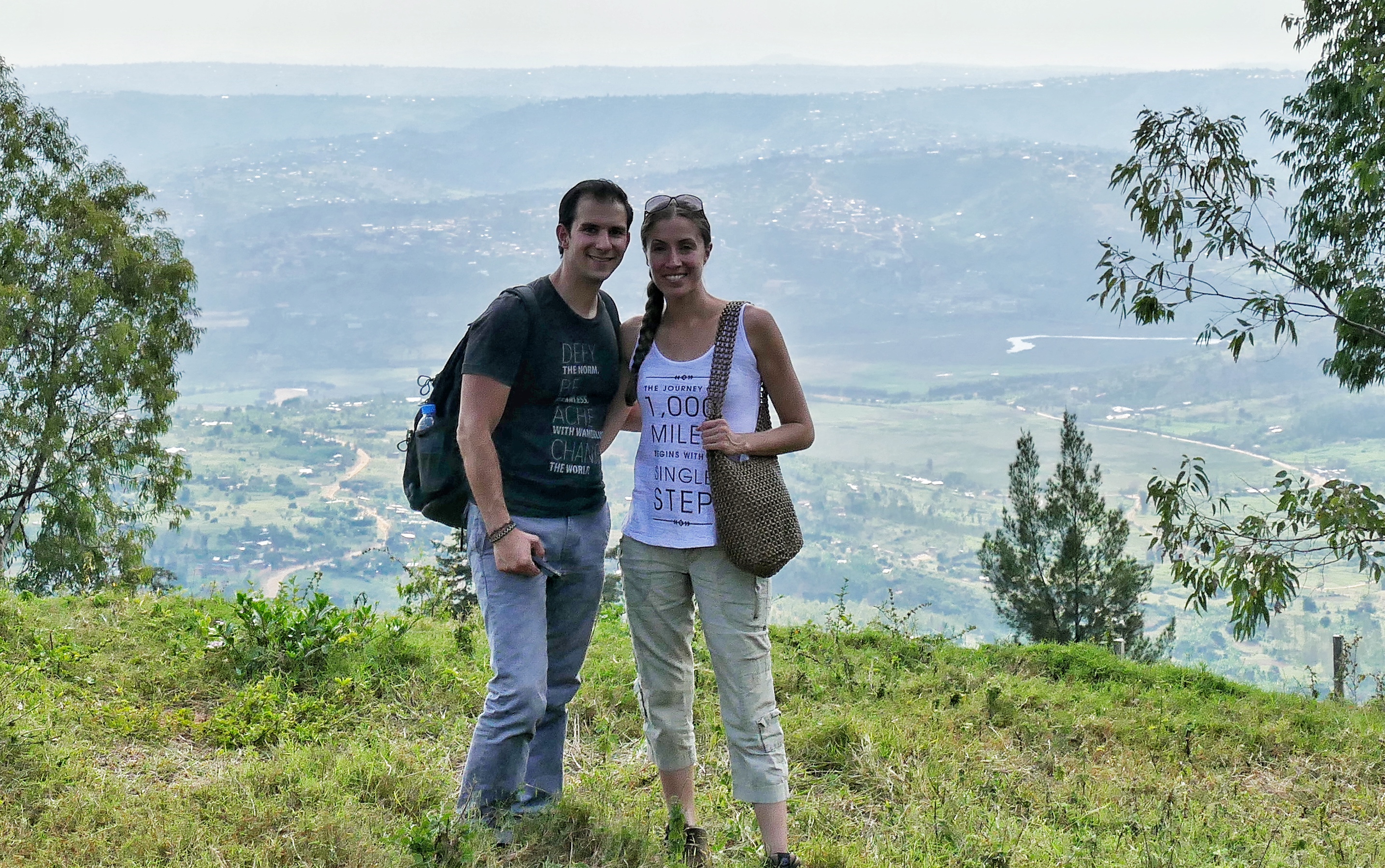
In July 2015, my husband and I headed to Rwanda, a country that suffered one of the worst genocides the world has ever seen – more than 800,000 people were slaughtered in 100 days. We met a small group of women there that were living in terrible conditions and had faced the most unimaginable circumstances. Many are victims […]

Nigeria, also referred to as the “Giant of Africa,” is located in West Africa between the Republics of Benin, Chad, Cameroon, and Niger. With over 174 million inhabitants, Nigeria is the most populous country in Africa, and the seventh most populous in the world. It is made up of over 300 ethnic groups speaking more […]
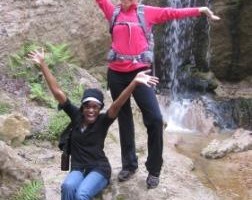
On June 24th, I will begin a 6 day climb to the summit of Mount Kilimanjaro in Tanzania, Africa. The purpose of my climb is to raise money for the O’Brien School for the Maasai, and a women’s group that operates out of a room in the school. The O’Brien School for the Maasai is […]
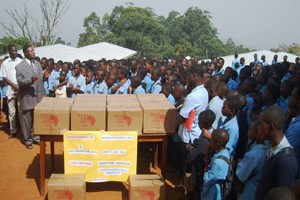
This holiday season consider giving the gift of learning. Books For Africa is a non profit with a mission to end the book famine in Africa. They want to create a culture of literacy and provide the tools of empowerment to the next generation of parents, teachers, and leaders in Africa. Since 1988, Books For Africa has […]
Cooking instructor and a good friend, Durrain and I hosted a fundraising dinner for the Horn of Africa this past weekend. We cooked an African inspired dinner for about 50 people and invited neighbors, family and friends. The event was held at Durrain and Navaz’s clubhouse in Kennesaw, GA. According to the news media 29,000 […]